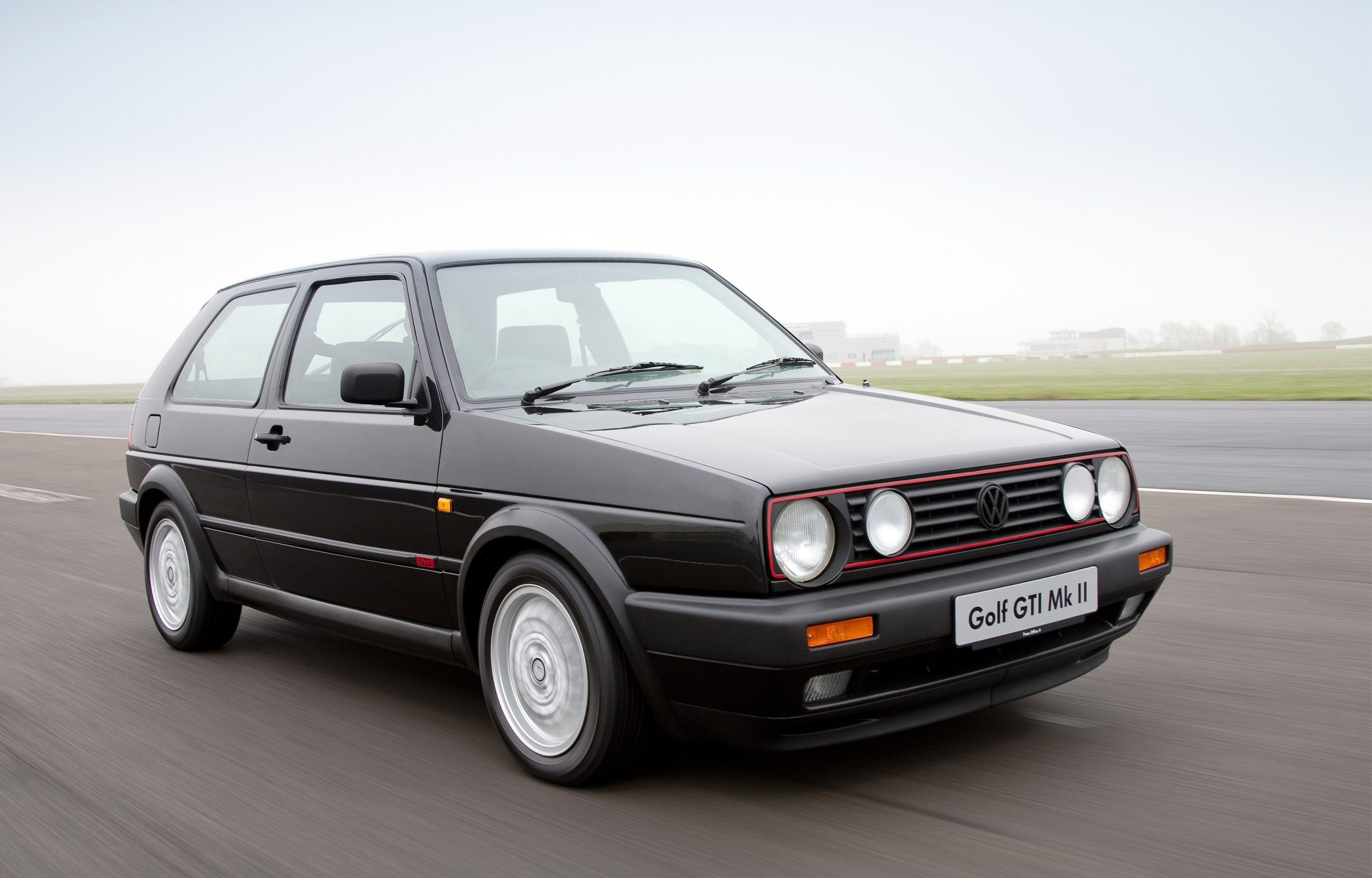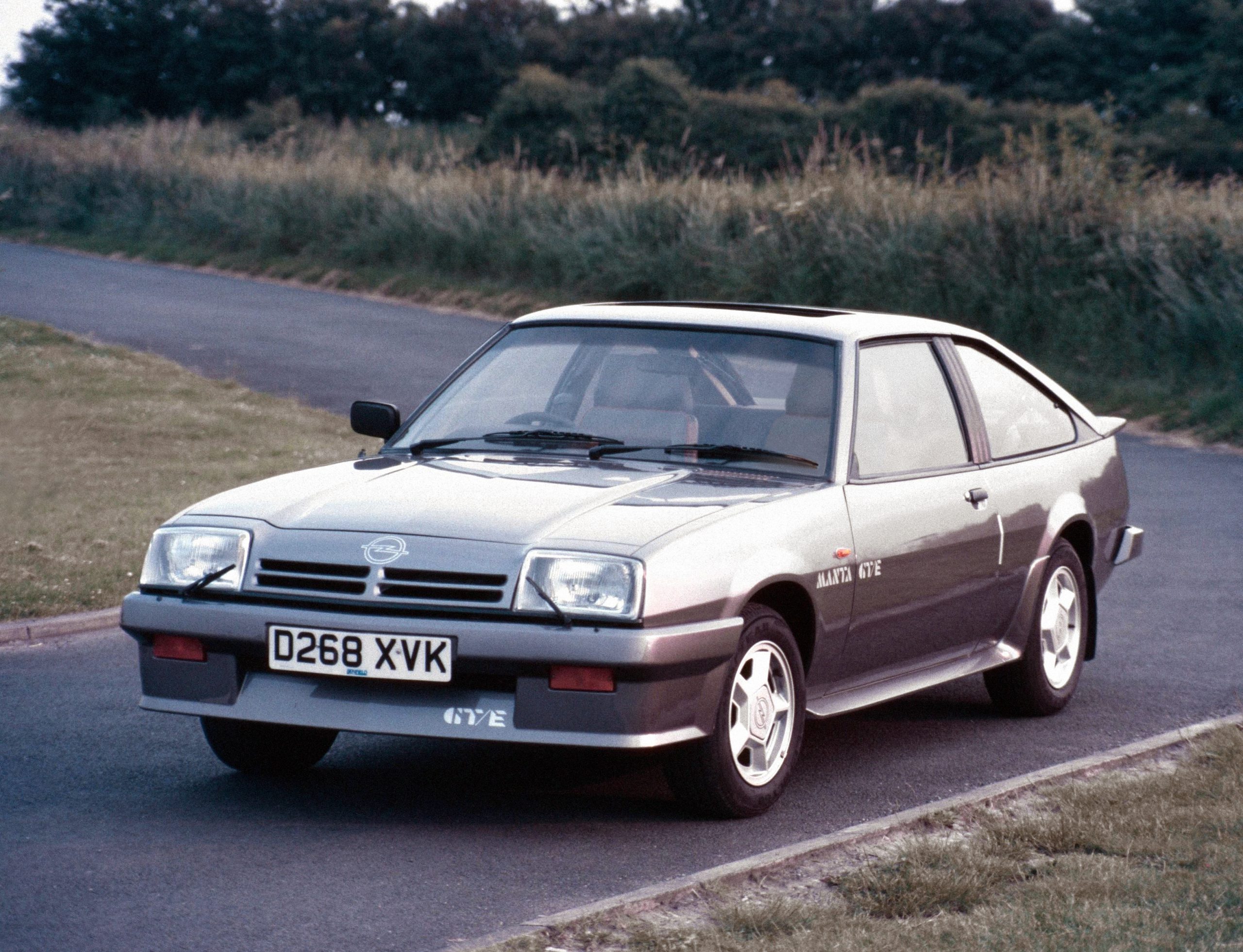It’s hard to think of Citroën as a maker of boring cars, but that’s exactly what it was until it launched the daringly innovative Traction Avant in 1934. Up to that point, Citroën’s cars had been strait-laced machines for the middle classes, so why did the firm stake so much on a car that broke away from so much of its own previous thinking?
The simple answer is André Citroën, the eponymous founder and boss of the company, had been hugely impressed with the idea of unitary construction during a visit to the US in the early 1930s. He realised the engineering approach that did away with a separate chassis would make a car lighter and more efficient, and give his cars an edge over rival models from Peugeot and Renault. During that transatlantic trip, Citroën also viewed a car made by the Budd Corporation with front-wheel drive and a gearbox ahead of the engine, just like the Traction Avant would use.

On his return to France, André Citroën tasked Flaminio Bertoni and André Lefebvre with styling and engineering, respectively. The pair relished the challenge and quickly came up with the car we recognise today. However, Citroën was impatient to see his new model in production and on sale, so it was launched in May 1934, against the advice of Lefebvre.
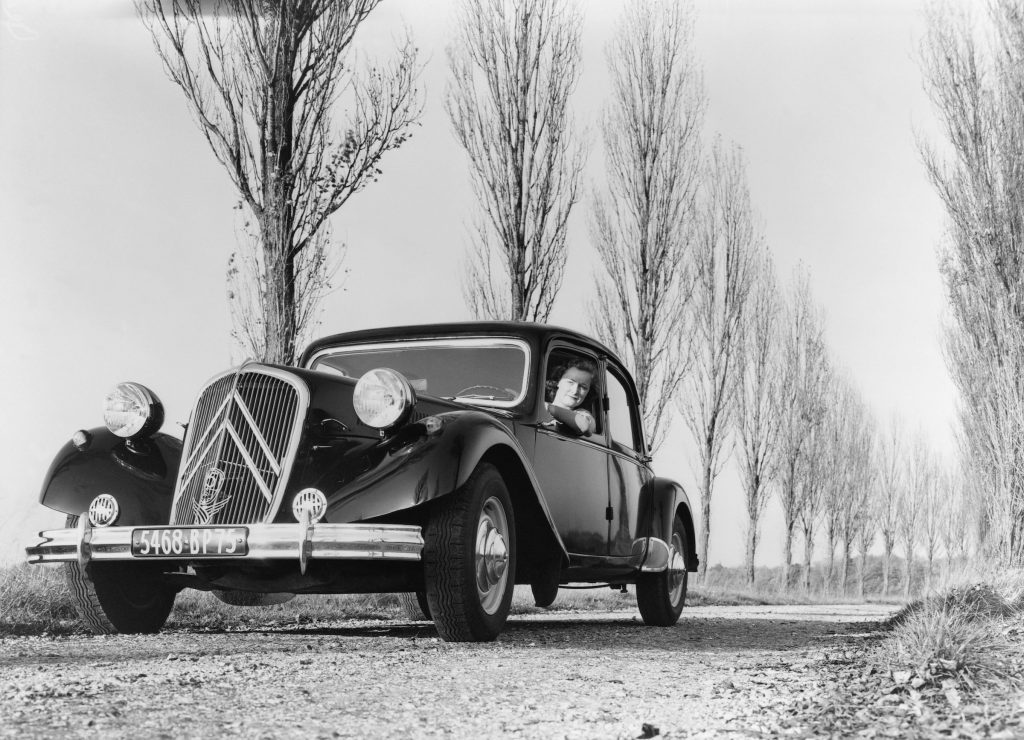
Full of new technology, such as front-wheel drive, its unitary body construction, all-round independent suspension, hydraulic brakes, and an overhead valve engine, the Traction Avant wowed customers. They were less keen on the weedy 1302cc engine with a mere 32bhp, so this was complemented by a 1628cc engine from early 1935. Later that same year, the definitive 1911cc engine arrived and gave the Traction Avant the power to match its famed ride and handling. A 2866cc, six-cylinder engine joined the range just before the outbreak of the Second World War, and this engine was also offered briefly towards the end of the car’s life from 1954.
Before then, Citroën’s eagerness to have the Traction Avant on sale led to many customer complaints about the car’s gearbox, drive shafts, and general build quality. It broke the company, which was bought by tyre maker Michelin, which invested the funds to finish the necessary development and turn the Traction Avant into the highly rated car it has since become. Citroën went on to build more than 700,000 Traction Avants by the time production ended in 1957.
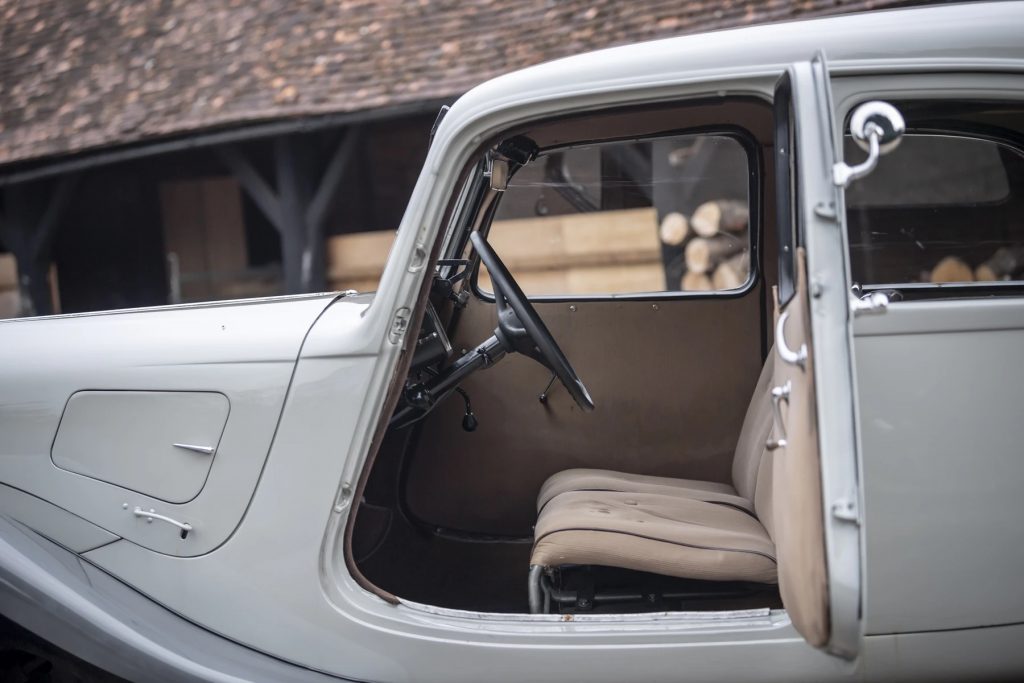
During that time, two main body styles were offered with the Legere and larger Normale. UK-made cars that were built in Slough were much the same other than having leather upholstery and some Lucas electrical components, and they were called Light 15 and Big 15. The 15 referred to the British horsepower rating calculated under a different method to the French system that arrived at 11hp.
In France, the six-cylinder car was the 15H, while in the UK it was called the 15/6. A 15H Hydraulique with hydro-pneumatic rear suspension was offered, but they are vanishingly rare now. Also hard to find are the nine-seat Familiale and Commerciale with its opening tailgate, which were both built on a longer 122-inch wheelbase. Cars up to 1952 are known as Malle Plate, meaning they have a smaller boot, while post-July ’52 cars are called known as Malle Bombe – big boot. Citroën also offered the Traction Avant as a stylish two-door coupé or convertible, which are both now extremely desirable and valuable.
The company went on to build about 25,000 at its Slough factory in Britain, and those cars have some other detail differences aside from right-hand drive. They have wooden dashboards and the double chevron Citroën logo is set behind the front grille rather than in front of it. However, when it comes to buying any Traction Avant, the general advice is the same for both UK and French Traction Avants. Here’s what you need to know.
What’s a Traction Avant like to drive?
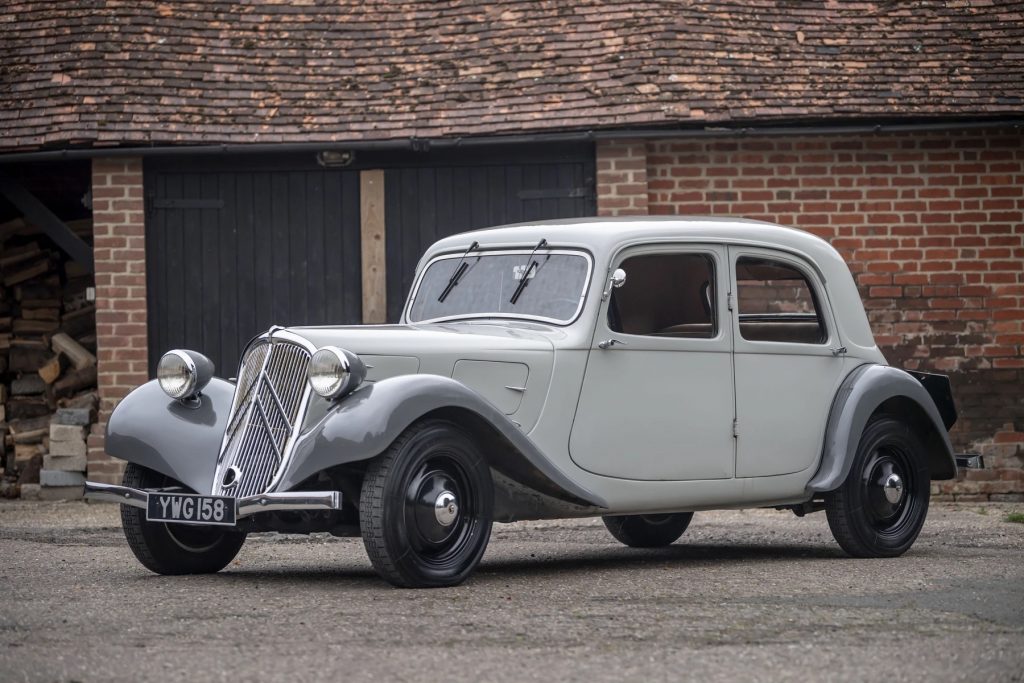
Anyone stepping into a Traction Avant for the first time will find the car a curious mix of the familiar and the antiquated. The rear-hinged front door opens on to reveal a spacious front cabin, where you sit behind a large steering wheel. You’ll also find a gear lever that pokes out of the dash horizontally, where gears are selected in what can seem a counter-intuitive movement until you get acclimatised. However, anyone who has driven a Citroën 2CV will have no trouble mastering the Traction Avant’s transmission.
Almost all Traction Avants for sale will have the 1911cc four-cylinder engine and it sparks into life easily, often with a slight rattle from the cam chain that’s nothing to worry about. Once on the move, the engine shows itself to be low revving but torquey, so you don’t need to worry the three-speed manual gearbox much.
The steering is surprisingly heavy, even on cars from 1936 with a rack and pinion set-up, so be prepared to apply some leverage to the steering wheel at low speeds. An electric power steering conversion is available from specialists such as Citroën Classics or Traction Repairs.
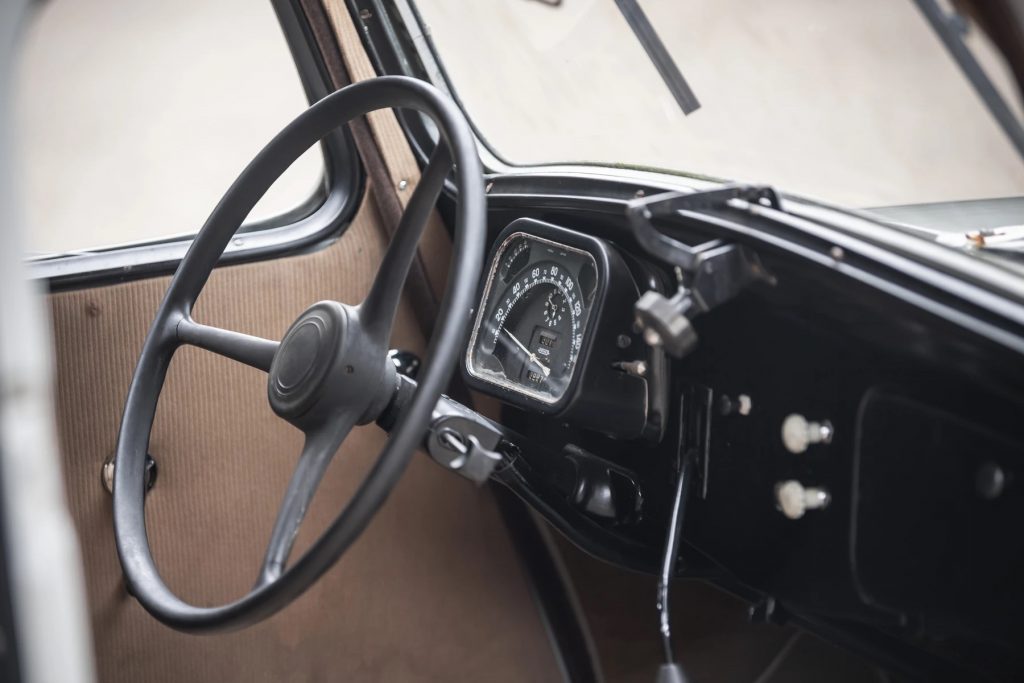
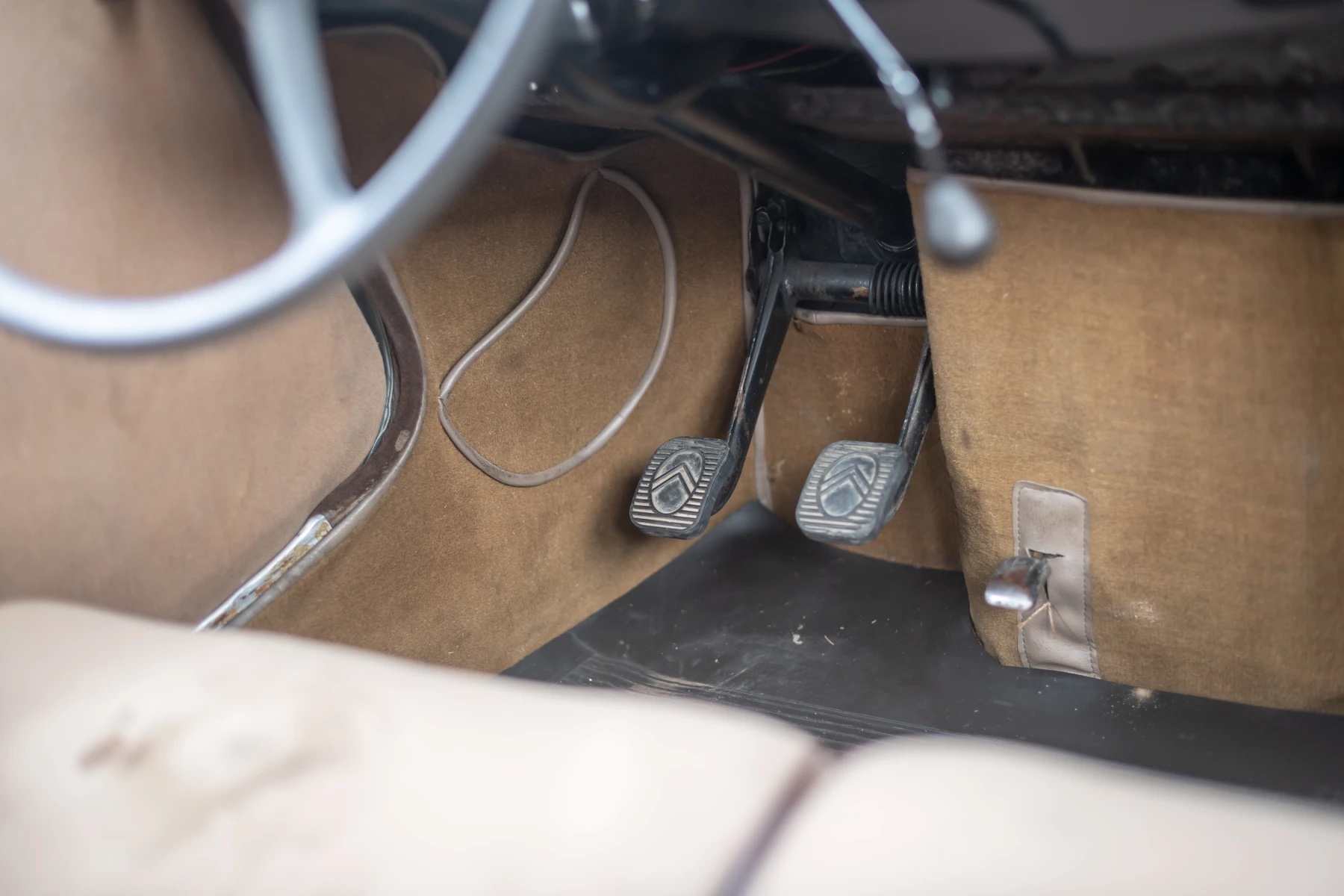
With a little more momentum, though, the Traction Avant is a real pleasure to drive as the pliant ride and superb handling for a car of this period shine through. It feels much more like a product of the 1960s than a pre-war design, with only some wind noise at higher speeds to give the game away.
If performance from the 1911cc engine is not brisk, it does at least keep pace with modern traffic. Cruising at 60mph is easily possible and flat out the Light 15 can manage around 75mph, though it feels strained at 70mph. On more suitable A-roads, the Citroën is in its element bowling along, with the accurate steering and low centre of gravity allowing corners to be taken more quickly than you would in a contemporary Austin or Morris. Just bear in mind that Traction Avants still require you to think well ahead for safe stopping.
How much does a Traction Avant cost?
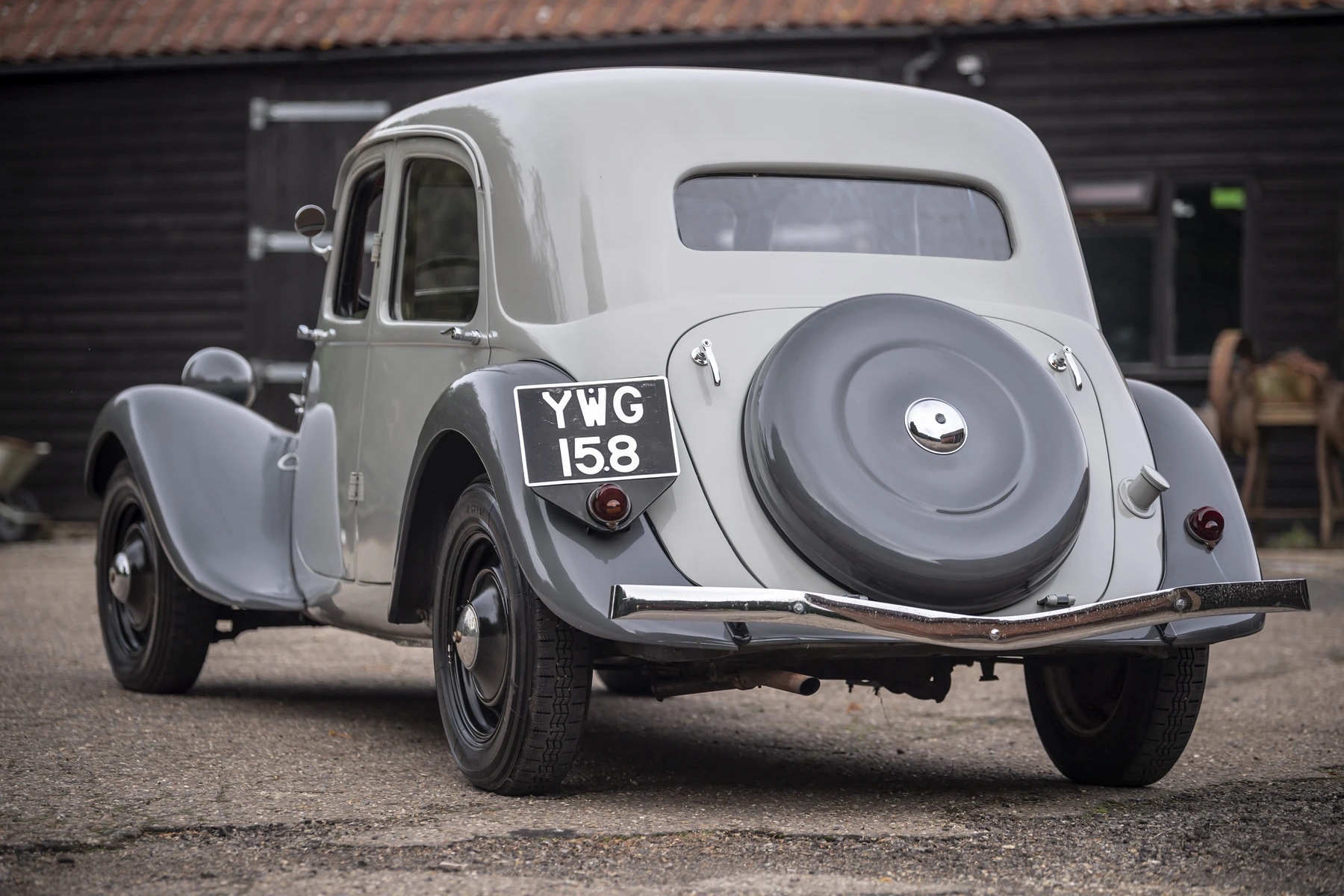
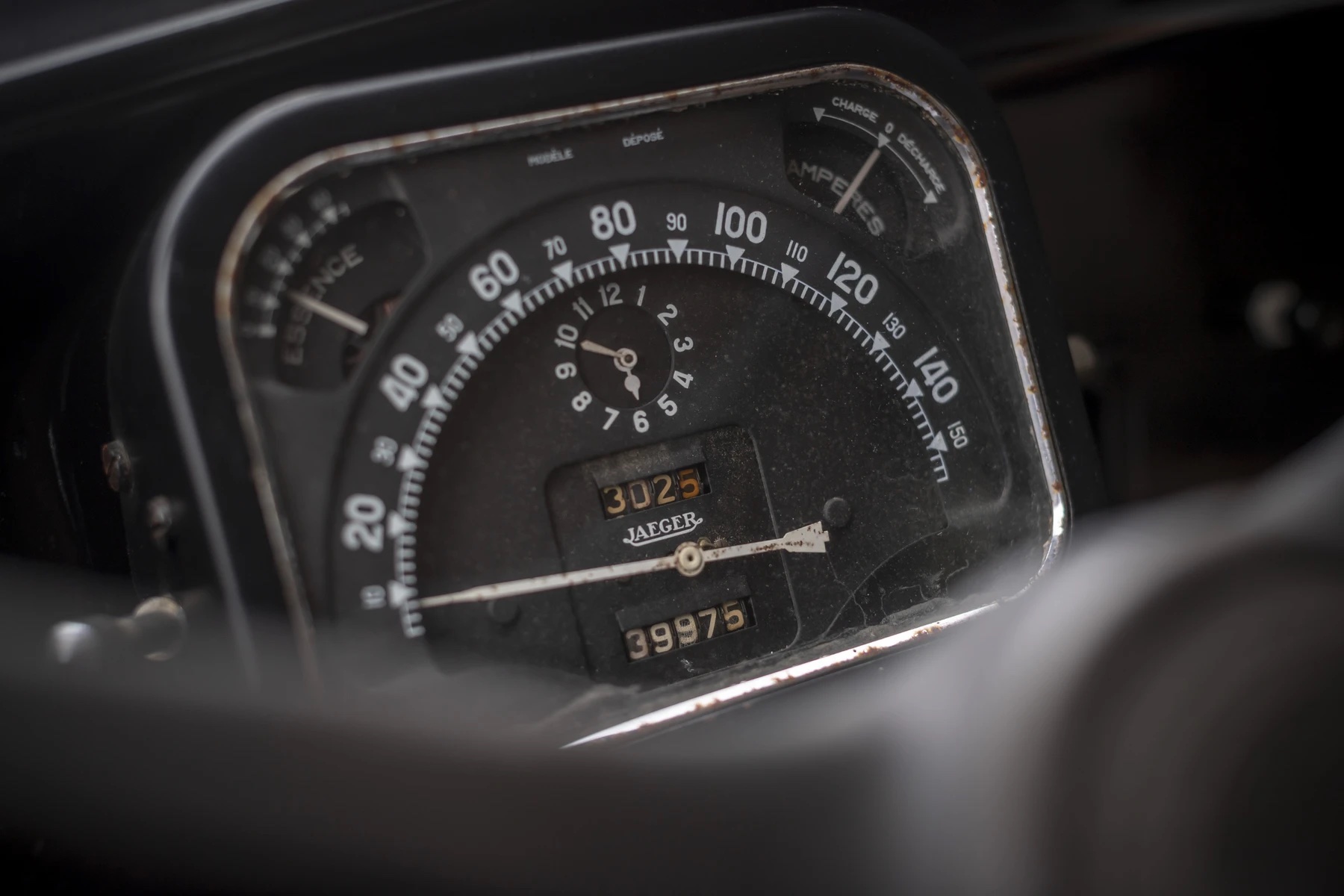
There are usually a few Citroën Traction Avants for sale at any given time in the UK. As well as condition, prices are also dictated by the age, model, engine and body style.
Cars with the Malle Bombe larger boot are less desirable than the earlier Malle Plate rear end, while the six-cylinder cars are generally more expensive. You’ll also pay a premium for the Familiale and Commerciale models due to their rarity, while the cabriolets and coupés occupy a niche several price rungs up from the saloons. As a consequence, a good original Cabriolet will cost from around £100,000. There are quite a few replica open-tops around, selling for as much as £60,000, but you will need these inspected to be sure of the work done to remove the roof and make it a drop-top.
Find a decent, usable Commerciale and it will set you back from £20,000. Add £10,000 to that for a car in good show standard, and well presented 15/6 models will also cost from around £30,000. A very early Traction Avant with 1.3- or 1.6-litre engine will also command similar money for their collector appeal.
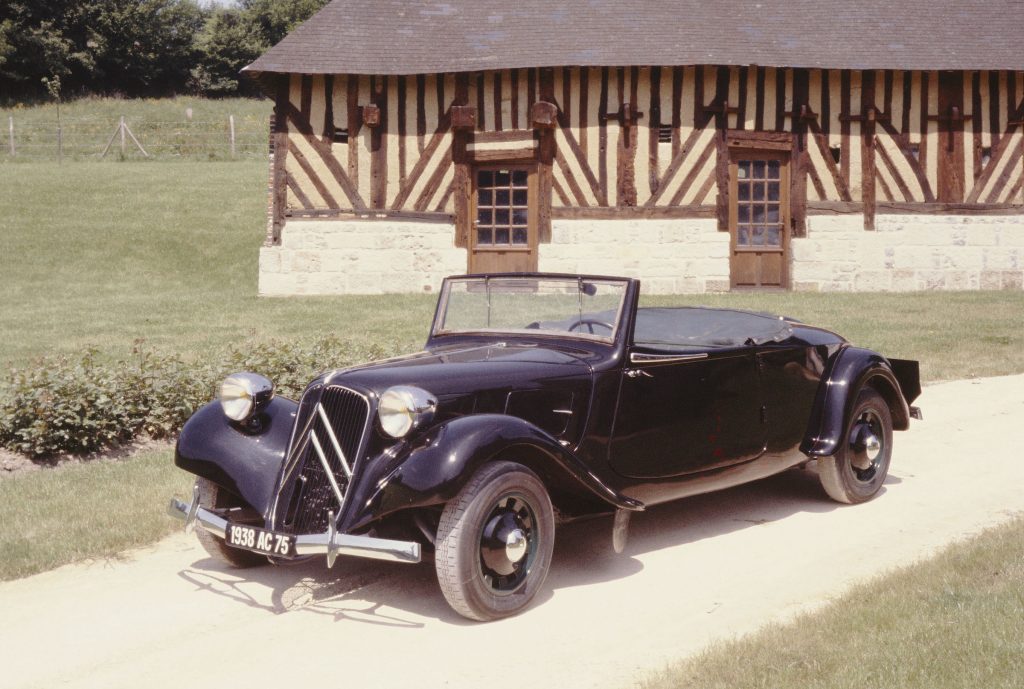
At the other end of the market, however, a sound, running and driving Light 15, or 11 Legere as a left-hand drive model will be called, can be bought from £11,000. These cars might not be pristine, but they will be sound and provide plenty of fun. Move up to the same car in excellent condition and prices vary between £20,000 and £25,000 depending on colour and exact spec.
Buyers can also look to France where there is a much larger number of cars for sale at any given time. Prices tend to be a little cheaper than in the UK, but importing a car from France into the UK will require you to factor in shipping, VAT, and changing over some parts to comply with UK laws such as headlights, and registration – find out more in our guide to importing a car.
What goes wrong and what should you look for?
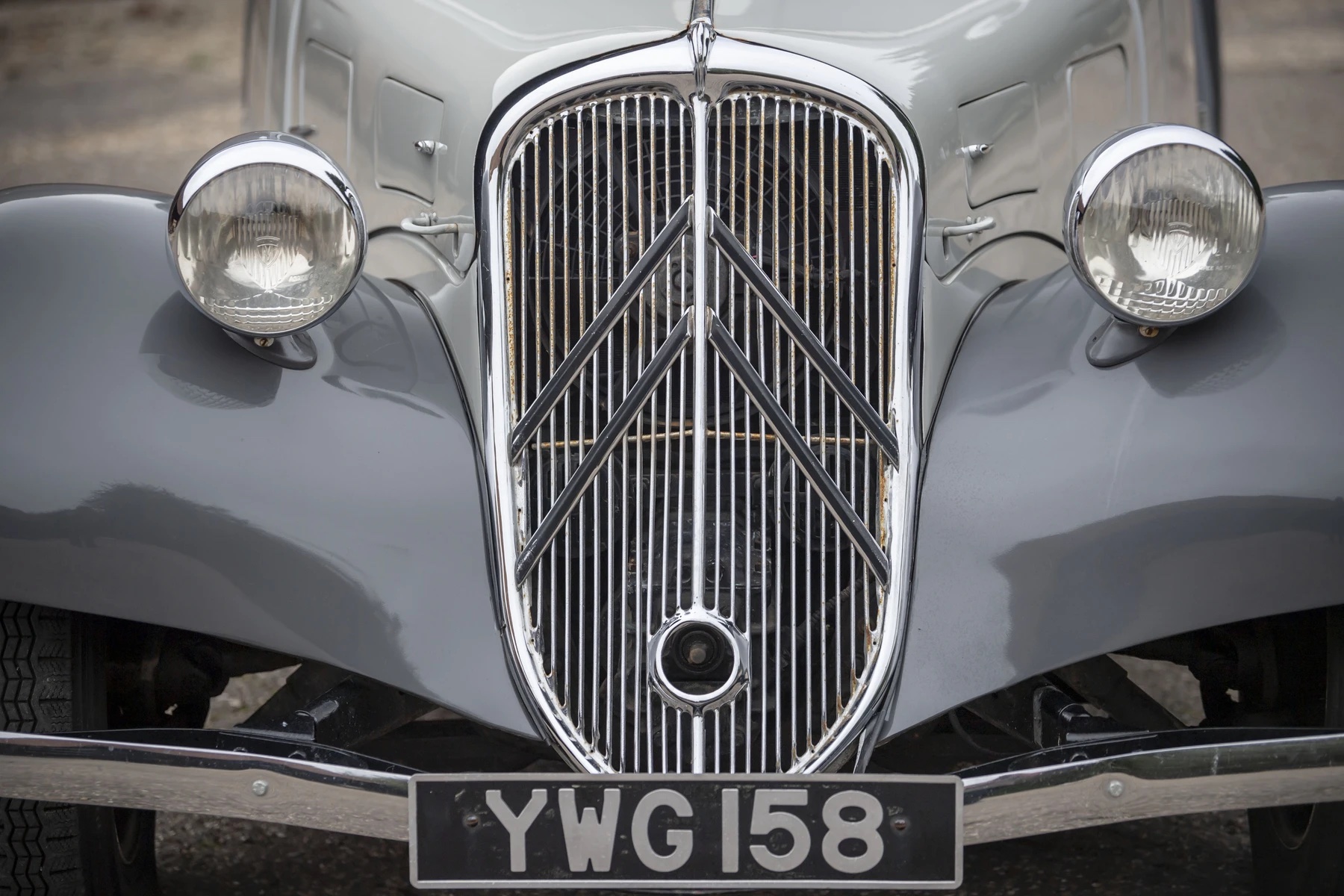
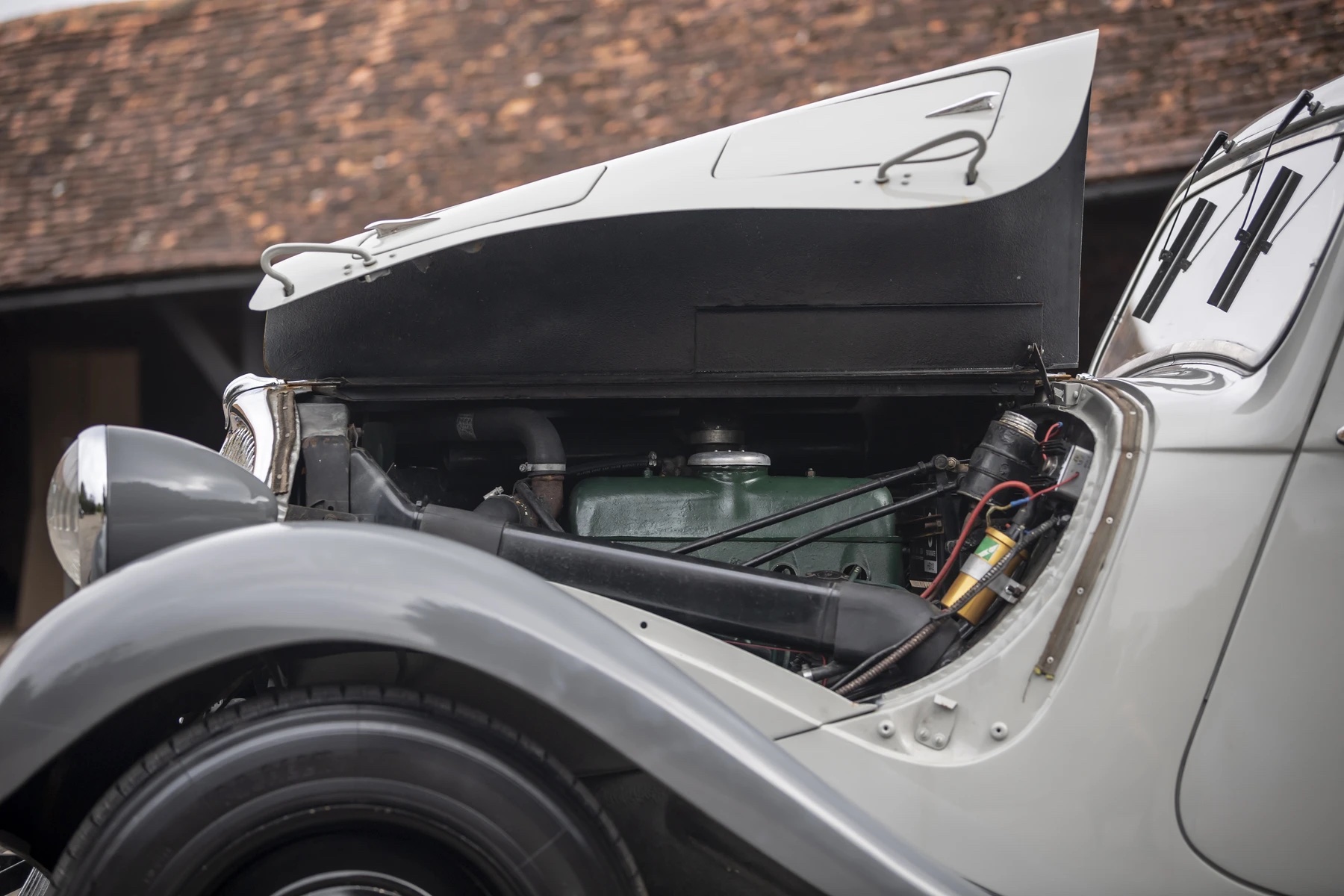
By far the most important check to make on any Traction Avant is for rust. The sills are in three sections and corrosion of the outer sill is indicative of worse underneath. You also need to inspect around the C-pillar at the bottom of the rear doors as this is where the rear suspension is mounted, and any rot here will seriously affect the handling and safety of the car. Up front, rust in the jambonneaux legs where the engine subframe connects to the car will result in the front of the car sagging. Also look for any creases in the jambonneaux that indicate crash damage.
After that, you need to go over the rest of the car with a fine-toothed magnet for more corrosion. Look all down the B-pillars, around the sunroof opening if the car has this, the floorpans, windscreen vent, and door bottoms. The wings, boot and bonnet can all rust, but they are not easily repaired or replaced with steel or fibreglass items.
The four-cylinder 1911cc engine is very robust and is the one you’re most likely to be looking at. It can make a rattly chain noise, but this is common, so unless it’s very obvious it’s not something to worry about. Chain rattle in the six-cylinder car is most likely to be a loose crankshaft damper. An engine that shakes probably needs new mounts. Ask the seller about the maintenance schedule as the engine has no oil filter, so the oil should be changed every 1000-1500 miles. There are also several grease points that need to be dealt with every 600 miles to keep the car running smoothly.
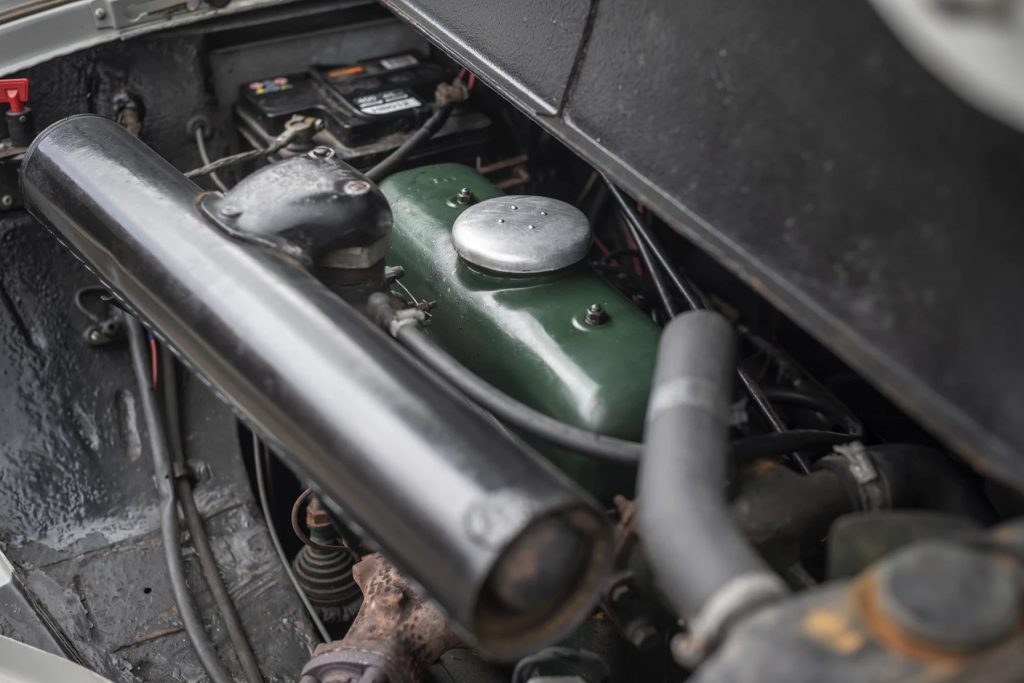
Gearboxes are hard-wearing, but watch for the car jumping out of gear or a reluctance to go into second or third smoothly, which points to worn synchromesh. Also be sure the gearbox has been filled with the correct transmission oil and not one designed for more modern gearboxes. The clutch can seize if the water pump, which is positioned above the bellhousing, is leaking. Some Traction Avants have been upgraded with the later DS’s four-speed manual gearbox, so it’s up to you whether you want this added for convenience or originality. Any ticking from the driveshafts on full steering lock indicates wear and impending replacement.
Interiors are simple, though UK-built Traction Avants have leather upholstery and wooden dashboards that add to the expense of restoration. Stains on the headlining are common from leaks, but nothing to worry about. Fortunately, the Traction Owners’ Club holds a large stock of spares to help re-trim and rebuild most models. There is also a small but dedicated number of specialists in the UK looking after the Traction Avant.
Which is the right Traction Avant for you?
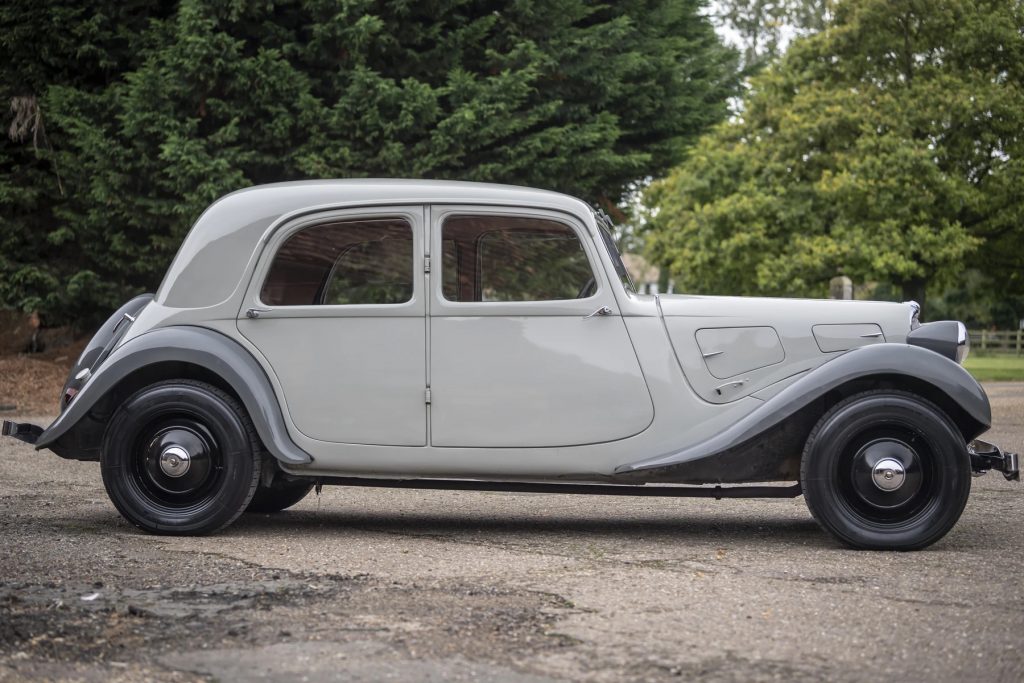
For most potential Traction Avant buyers, the choice is between Light 15 (Legere) and Big 15 (Normale) models. The Light 15 with the Malle Plate smaller boot styling is the shape many think of as the definitive Traction Avant, and it’s also the lightest of the saloon models so it has the best performance from the 1911cc engine’s modest power output. With space for four or five, plus some luggage, it makes the ideal family classic and the Traction Avant can also cope with long distances in comfort, so long as you respect its maintenance needs.
The Big 15 will swallow the family with space to spare as it’s longer and wider, though you need to bear this in mind on narrower roads or if your home garage is tight on room. A Big 6 (15/6) with the six-cylinder engine offers more oomph for cruising at motorway speeds, so it’s the choice for anyone looking at rallies or cross-continent jaunts.
If your budget stretches to a coupé or Cabriolet, you’ll already have made up your mind if it’s the Citroën for you. For those on more modest budgets, we’d look for a Light 15 as a great way to enjoy the Traction Avant and have an older classic still capable of daily use.
Read more
Join the Club: Traction Owners’ Club
Your Classics: Mike McDonald and his Citroën Traction Avant once owned by Dave Davies of the Kinks
CCV: When Chrysler (almost) made a 2CV


